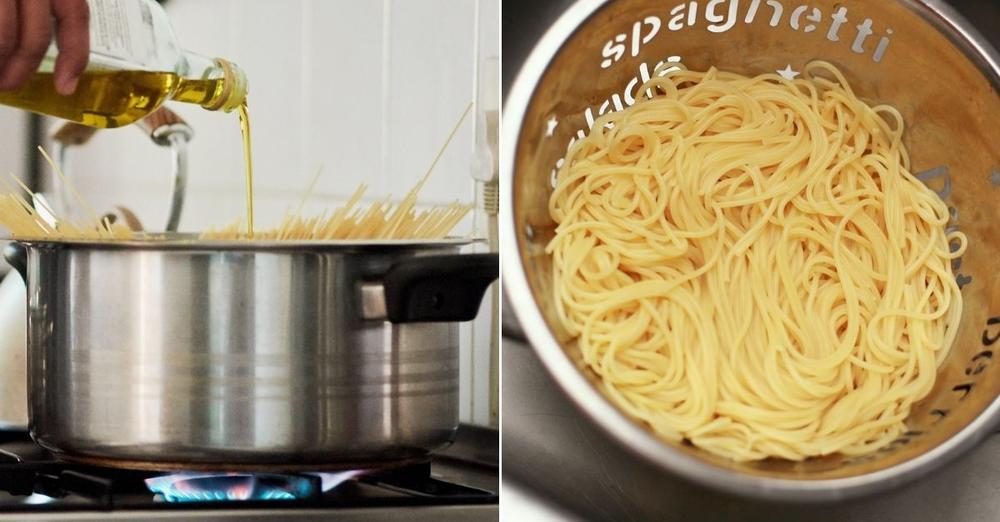8 Common Mistakes You Should Never Make When Cooking Asparagus and The Reason Why
Spring brings peak asparagus season, yet common mistakes like overcooking, underseasoning, and using old spears often hinder its potential. Avoid overcomplicating flavors, ensure even cooking, and use fresh, properly seasoned asparagus for the best taste. Opt for steaming or stir-frying over boiling to preserve its delicate flavor and nutrients.

As spring ushers in its bounty, asparagus stands out as a seasonal favorite. These tender, green spears are not only delicious but also versatile and packed with nutrients. However, many people fail to enjoy asparagus to its full potential because they unknowingly make a few common mistakes while preparing it. Understanding these errors can transform your asparagus dishes from mediocre to extraordinary. Here are the eight major mistakes to avoid when cooking asparagus.
1. Never Overcook Asparagus
One of the most common blunders is overcooking asparagus, which leads to a mushy, unappetizing texture. Asparagus should retain a slight crunch even after cooking. Instead of boiling or steaming it for too long, cook asparagus for just a few minutes until it is bright green and still crisp. This can be achieved by blanching in boiling water for 2-4 minutes depending on the thickness, then plunging it into ice water to halt the cooking process.

2. Never Underseason Them
Asparagus has a naturally subtle flavor that benefits greatly from proper seasoning. A lack of seasoning can render it bland. Always season the water with salt when boiling asparagus, and finish with a sprinkle of sea salt and a drizzle of good quality olive oil or a squeeze of lemon juice after cooking to enhance its natural flavors.
3. Never Use Old Asparagus
Asparagus is best when it's fresh. Using old, limp asparagus can result in a less flavorful dish with a tougher texture. To ensure you're getting the best spears, look for asparagus with tight, firm tips and stalks that are rich in color. Store them in the refrigerator with the ends wrapped in a damp paper towel to maintain freshness.

4. Never Peel Thin Asparagus
Peeling thin asparagus is unnecessary and leads to wastage. Only the thicker stalks of asparagus benefit from peeling to remove the tough outer layer. Thin asparagus only needs the very end trimmed as these spears are tender throughout.
5. Never Cook Asparagus Unevenly
Cooking asparagus unevenly can happen if the spears are not aligned properly on the pan or if they vary greatly in size. To cook asparagus evenly, line up the spears on a single layer in the pan, and try to select spears that are uniform in thickness. Roasting or grilling can be effective methods to achieve an even cook.
6. Never Ignore the Ends
The woody ends of asparagus are often discarded because they're tough and fibrous. However, these ends can be used to make stock or soups. If you prefer not to use them, it’s important to snap them off at the natural breaking point rather than cutting, to ensure no tender parts are wasted.

7. Never Overcomplicate the Flavor
While asparagus pairs well with various flavors, overcomplicating it with too many additional ingredients can overshadow its delicate taste. Instead of loading it with heavy sauces or too many spices, complement it with light touches like Parmesan cheese, a tad of garlic, or a light vinaigrette.
8. Never Cook Them with Too Much Water
Boiling asparagus in too much water can dilute its flavor and leach out valuable nutrients. Instead, opt for steaming or stir-frying, which use less water and can help retain more of the asparagus's natural flavor and health benefits.
;Resize,width=767;)
;Resize,width=712;)
;Resize,width=712;)
;Resize,width=712;)
